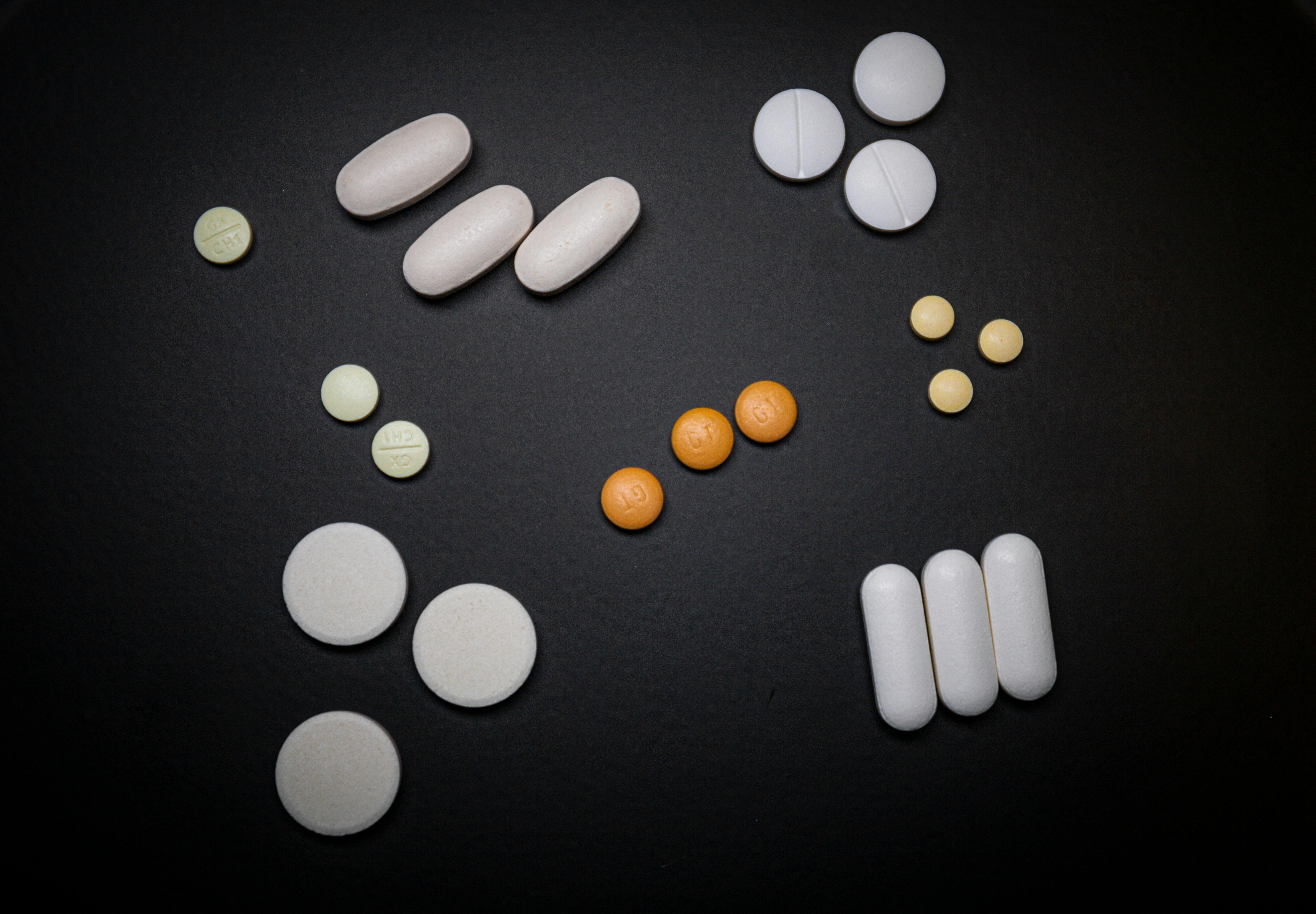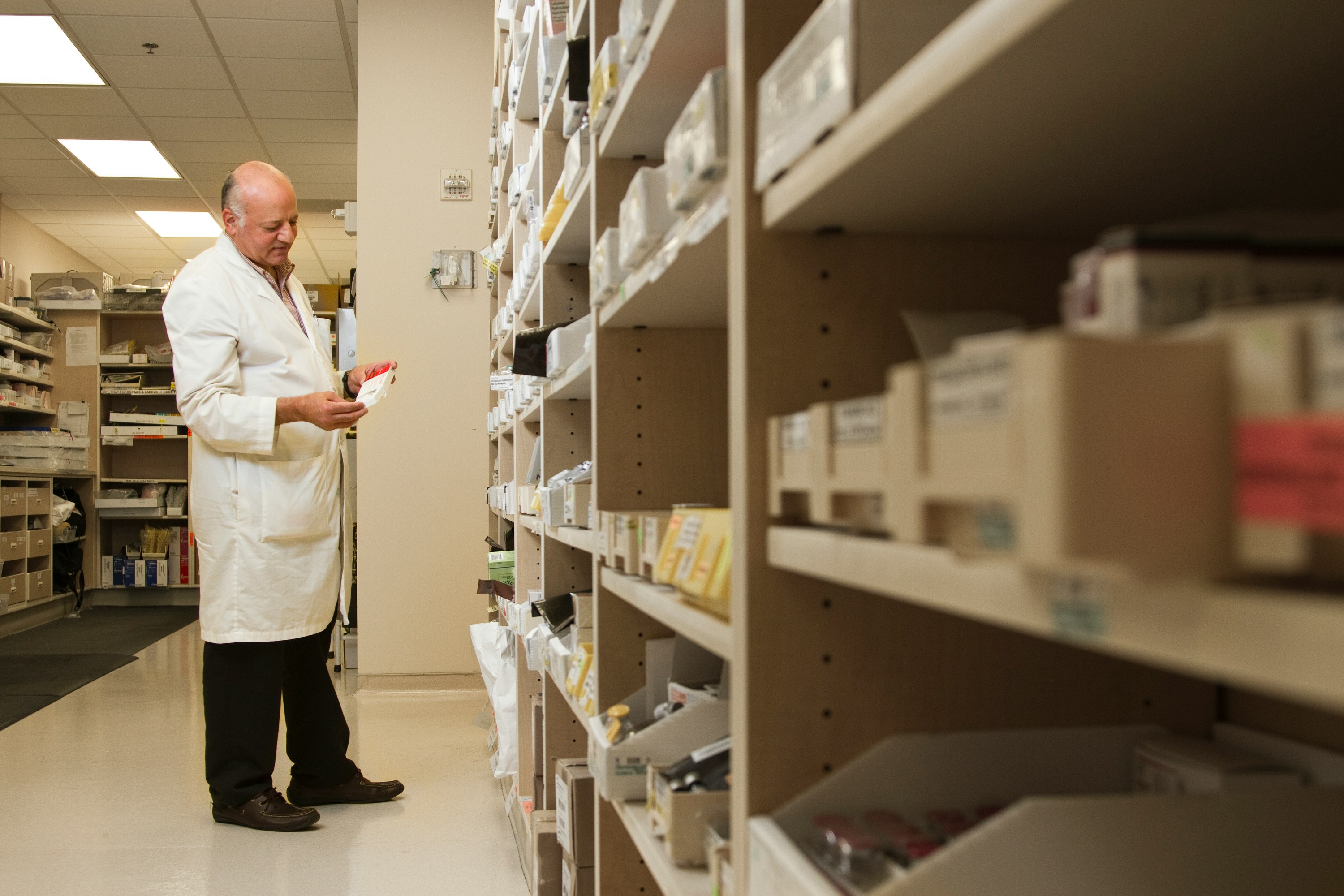Pharmaceutical companies are in the business of making money through the discovery and marketing of medications. All new prescription drugs must undergo extensive clinical trials to prove their safety and effectiveness in comparison to existing drugs on the market. Once new medications are approved by the Federal Drug Administration (FDA) they are marketed for a specific use and limited time. The process of discovering, manufacturing, and marketing new drugs is both expensive and risky.
Repetitive price increases are responsible for the high revenue generated by these companies. Drug companies aren’t heavily regulated and can raise drug prices above inflation rates. Demand in the United States for prescription drugs is surging, and in 2016 alone demand brought more than $328.6 million in revenue. It’s predicted that revenue from worldwide sales of these medications will reach $1.18 trillion by 2024.
How Making Pharmaceuticals Works

Pharmaceutical businesses have two main business functions: discovering and developing new prescription drugs and manufacturing and selling them. Selling pharmaceuticals comes with low risk, life-and-death demand, and global scale. Discovering new drugs comes with a high and unpredictable risk that costs billions of dollars. Excelling at sales is easy but failure is frequent during discovery. The pharmaceutical industry relies on profitable innovation to survive, and since 2018, the ROI on drug discovery and development failed to justify the investment. Big pharmaceutical businesses have one of the highest rates of research and development spending of any industry, yet consistently fail to fund sufficient research that supports growth.
Roivant Sciences is changing the way that medications and medical care are delivered to patients. They build entrepreneurial companies called vants that develop innovative medicines and healthcare technologies. Roivant is built on the best talent in the biopharmaceutical industry and prioritize investing in technology and data. Each vant that makes up Roivant Sciences is focused on biopharmaceuticals and new health technologies. Their vants include Dermavant, Datavant, Axovant, Metavant, Sinovant, Enzyvant, Myovant, and Altavant sciences.
How Drugs Are Priced

There are several factors that pharmaceutical companies consider when pricing drugs. For example, the uniqueness of a drug is lessened depending on how many other similar drugs are on the market. The more competitive medications on the market, the lower the pricing of new drugs. The pricing, popularity, and success of a competitor’s drugs affect the pricing of new medications, as well as the benefits offered by the new drugs.
Pharmaceutical businesses have to consider whether new medicines can change how conditions are treated. They also consider if new drugs can prevent the need for medical treatments, surgeries, or other medical procedures. New drugs that can reduce the need for costly surgeries, hospital trips, and doctor visits are priced higher due to the savings they offer. Drugs that can extend or save lives are also priced higher.
Paying for prescription medications is a struggle for many people, with or without health insurance, but there are ways to save. With an RX discount card from America’s Pharmacy, you can receive coupons redeemable at thousands of pharmacies across the U.S. for prescription medications. Simply show your discount card or coupon to your pharmacist to receive a discount and pay the lowest price possible. Prescription discounts help ease the out-of-pocket strain on consumers who rely on prescription medications.
Why is it so expensive to make pharmaceuticals?

The high failure rate of clinical trials creates a productivity problem for pharmaceutical companies. Drug development is based on experimental sciences that are full of uncertainty. Researchers tend to discover new molecules through trial and error, meaning that drug developers can’t predict the success of clinical trials no matter how much experience or insight they have. Governmental approvals require multiple clinical trials consisting of hundreds and thousands of volunteers, each of which costs hundreds of thousands of dollars. New technologies such as artificial intelligence and wearable devices show promise for advances in healthcare and patient care. Even with innovations, the average costs of developing new medicines are more than the finished product is worth it.
Pharmaceutical businesses of all sizes can achieve greater efficiency with the use of results management solutions. One such solution is WorkBoard’s OKR software, which aligns and measures OKRs across business functions to ensure key results, focus, and fast growth. Managers benefit from coaching by OKR and WFH coaches through WorkBoard OKR podcasts hosted by Workboard CEO Deidre Paknad. The OKR Podcast teaches managers new approaches to OKR methodology that keep teams moving toward results.
The Correlation Between Prices and Innovation

Pharmaceutical companies often misprice prescription medications and impact their potential for success by pricing drugs too low or too high. If the benefits of a new drug aren’t worth the price, healthcare companies may not reimburse for it and doctors may refuse to prescribe it. The R&D of new medicines, including the time, effort, and resources invested, also factor into drug prices. Prescription prices are often high to ensure the sales revenue exceeds the costs of R&D.
In Business Mag defines the main function of fermentation as the metabolic process that extracts energy from carbohydrates in the absence of oxygen through enzymes. Fermentation occurs in certain microorganisms and muscle cells, converting NADH into the coenzyme NAD+ through a process known as glycolysis. There are two main types of fermentation: ethanol fermentation which generates carbon dioxide and ethanol, and lactic acid fermentation which generates lactate. The food and beverage industries use fermentation to convert sugars into alcoholic beverages, CO2 released by yeast for bread, and the production of organic acids that preserve vegetables and dairy products. Other examples of products resulting from the fermentation process include kimchi, probiotics supplements, and sourdough bread.
The Business of Marketing Prescription Drugs

Pharmaceutical companies rely on their marketing teams to improve ROI and minimize uncertainty by creating a need and building the brand. Drug companies are prohibited from selling medicines directly to patients and need healthcare providers to promote their products. Getting healthcare providers to prescribe a superior product to educated patients leads to a significant increase in sales.
An effective way for drug companies to market prescription drugs is through high-quality video content for use on a corporate website and social media platforms. It’s worthwhile to find a video production company that can focus on the specific needs of a clinical program and its end product. One such company is Coldea Productions, a production house that specializes in product video production, video marketing, explainer videos, sales videos, corporate videos, and commercials. The video production company handles every step of the process from the storyboard through editing and live streaming.
Prescription drugs are priced to reflect their value, which can also make them expensive. Medicines that can save or extend lives are valuable and priced accordingly. High failure rates in clinical trials, complex research, and cost of care will continue to increase the cost of new medicines, however, the potential ROI allows pharmaceutical companies to afford R&D.
